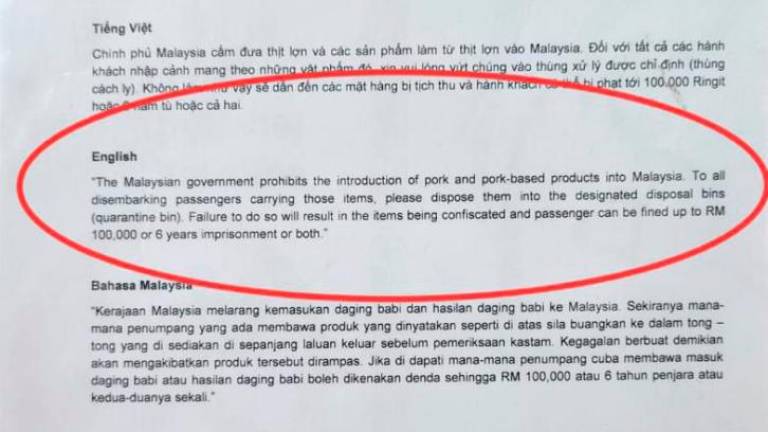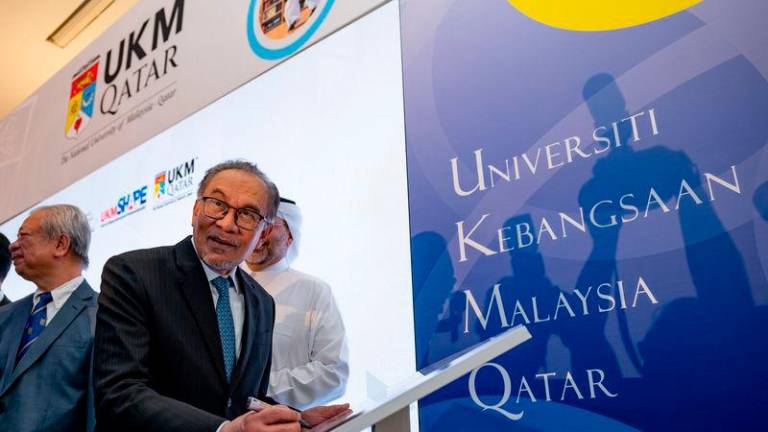A new report by the International Labour Organization (ILO) has revealed that excessive workplace heat exposure and air pollution pose severe risks to the health and safety of workers across the globe.
ILO senior specialist on Occupational Safety and Health, Manal Azzi said over 70% of workers experience extreme heat at some point during their careers, equating to 2.4 billion workers worldwide out of a total 3.4 billion.
“More than 22 million workers are suffering from illnesses and injuries related to exposure to excessive heat, with nearly 20,000 workers dying yearly because of these injuries in the workplace related to rising temperatures,“ Health Policy Watch reported.
The report also shows that health conditions like cancer, respiratory illnesses and kidney problems have been linked to climate change impacts on workers.
Over 1.6 billion workers are exposed to harmful UV radiation, leading to more than 18,960 work-related deaths annually from non-melanoma skin cancer.
Rising temperatures are not only increasing pesticide use in agriculture, where over 870 million workers are at risk of exposure, resulting in approximately 300,000 deaths annually due to pesticide poisoning, but also leading to a rise in vector-borne diseases.
“15,000 people die due to parasitic and vector-borne diseases exposed to the workplace,“ she said, adding that diseases like dengue and malaria are spreading to new regions,“ she added.
ILO Assistant Director-General and Regional Director for Asia and the Pacific Chihoko Asada-Miyakawa, said the phenomenon significantly affects the safety and well-being of workers in the Asia-Pacific region.
Outdoor workers in industries like agriculture, construction, fishing and transport face heightened heat stroke risks, while indoor workers are endangered by excessive heat and poor ventilation in factories, plants and warehouses.
“For a delivery driver or street side vendor spending all day breathing in toxic (air pollution), awareness, protective equipment and adaptations to working patterns are needed to minimise the impact,“ she added.
A study by Cornell University’s Global Labor Institute has warned that extreme heat and flooding could cost Asia’s garment sector $65 billion in export revenue and 950,000 jobs by 2030, disrupting businesses and endangering workers.
Amid these challenges, she calls for coordinated efforts to protect the safety and health of workers facing climate change like implementing robust regulatory frameworks capable of enforcing safety standards and shielding workers from climate-related hazards.
She added that in 2022, the International Labour Conference recognised “a safe and healthy working environment” as a fundamental principle within the ILO’s framework, a decision with significant policy and practical implications.
This means governments are now mandated to enact and enforce laws ensuring workplace safety and health, including provisions for adequate rest breaks and access to personal protective equipment, particularly in high-risk sectors.
While certain countries in the region, such as China, India, Singapore, Thailand and Vietnam, have implemented measures addressing excessive heat in workplaces, protections against other climate change impacts remain fragmented.
Thus, the ILO has scheduled a meeting in 2025, involving government, employer and worker representatives, to offer policy guidance on addressing climate hazards.
READ MORE:
Schools closed, warnings issued as Asia swelters in extreme heatwave










